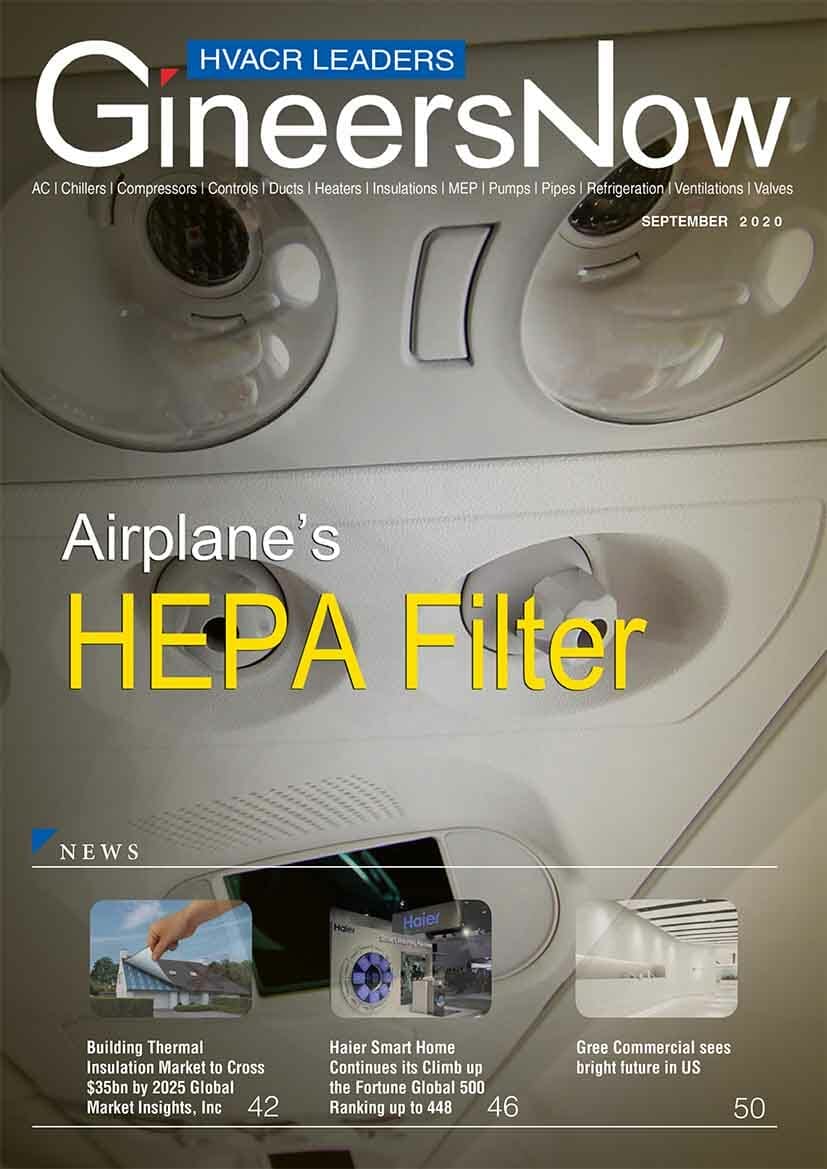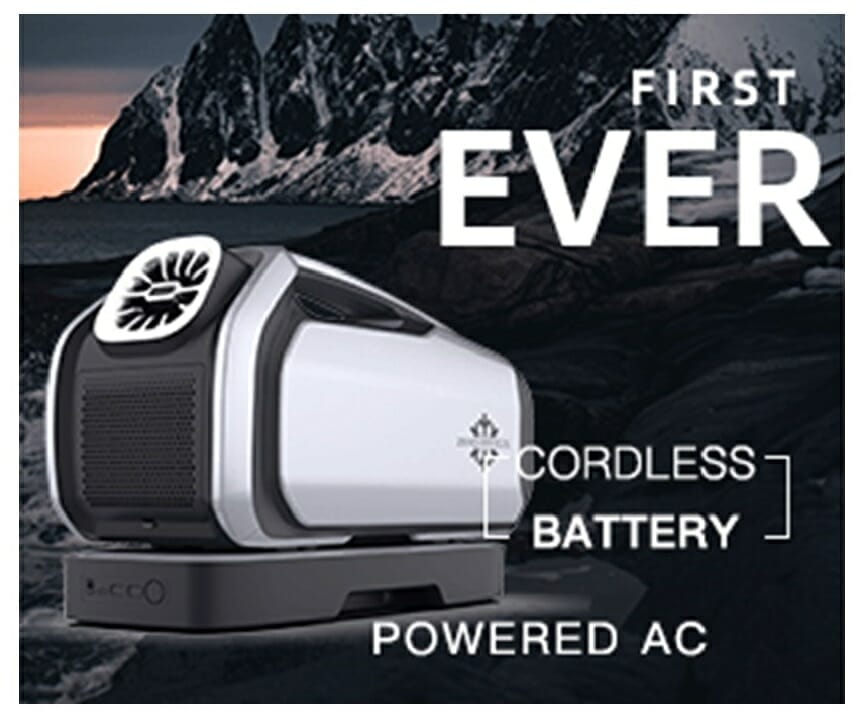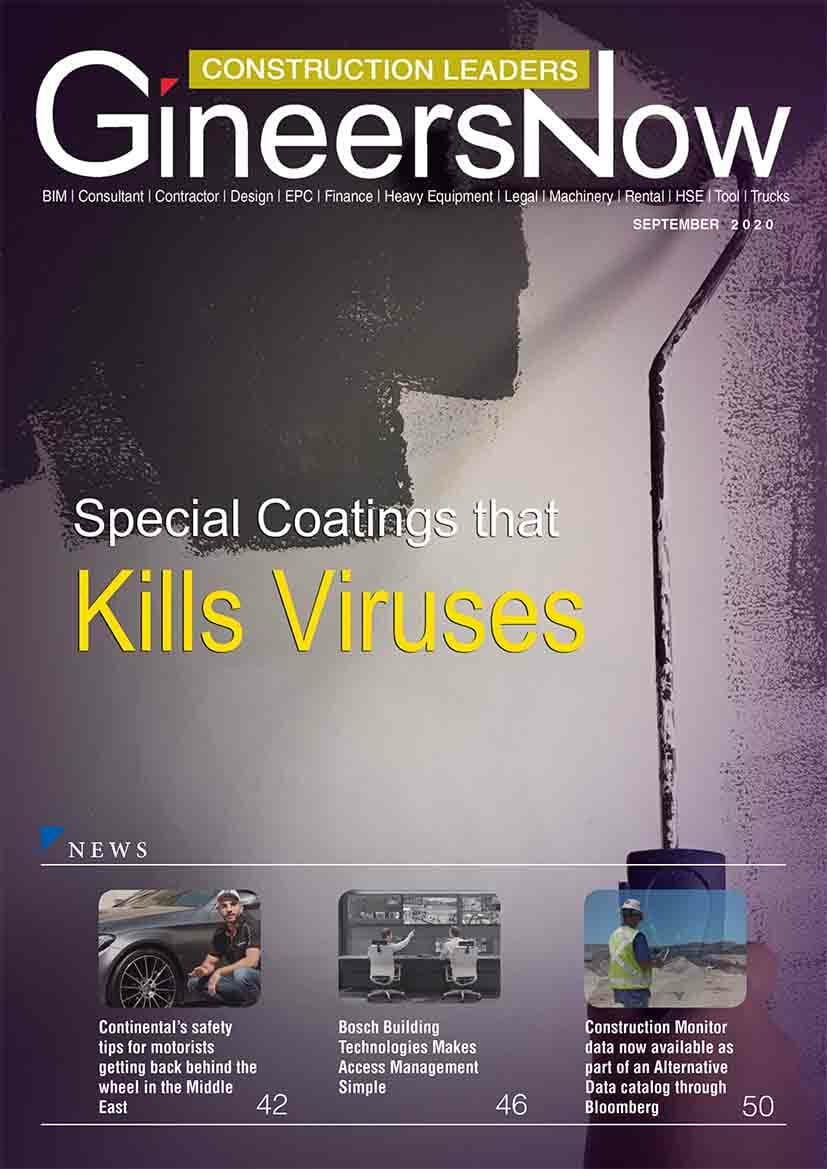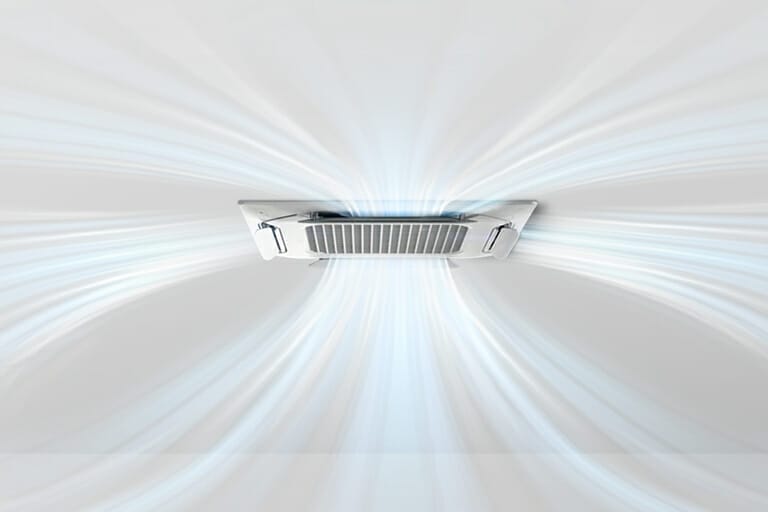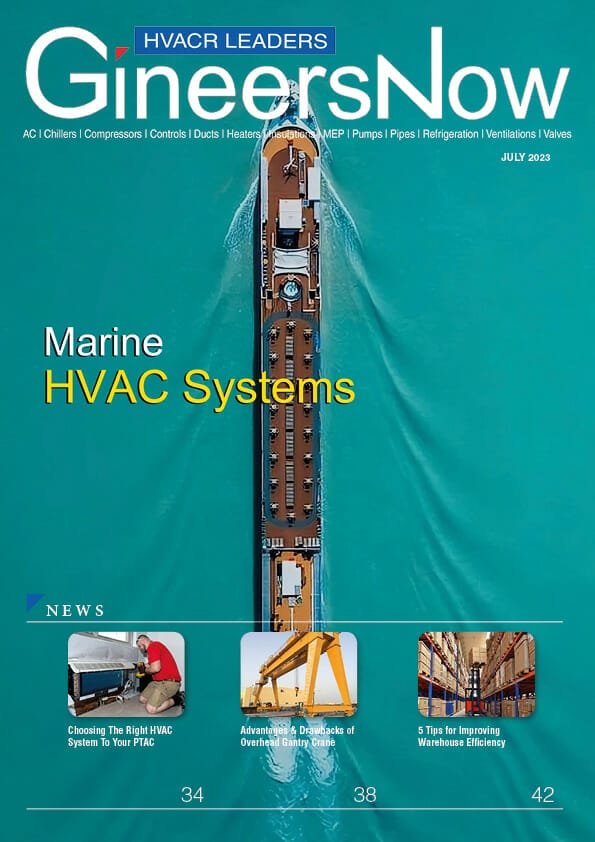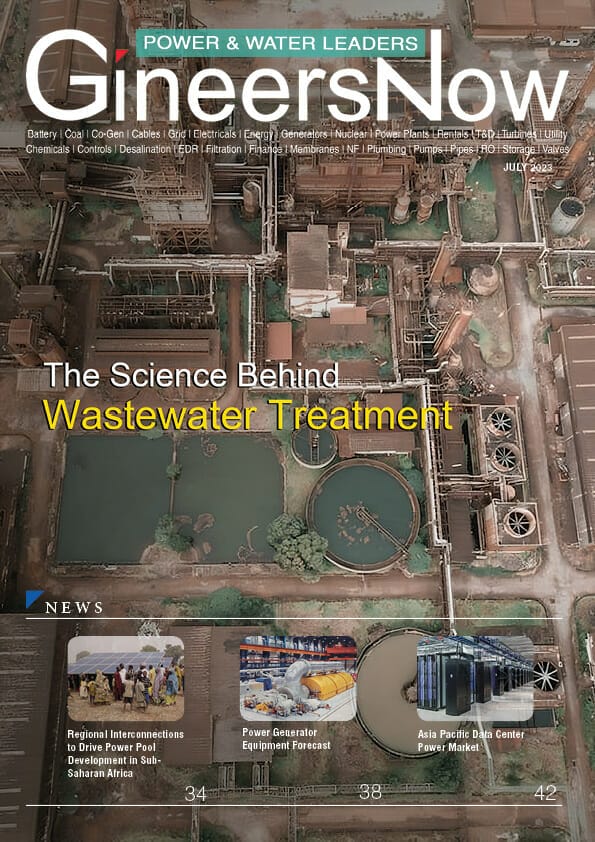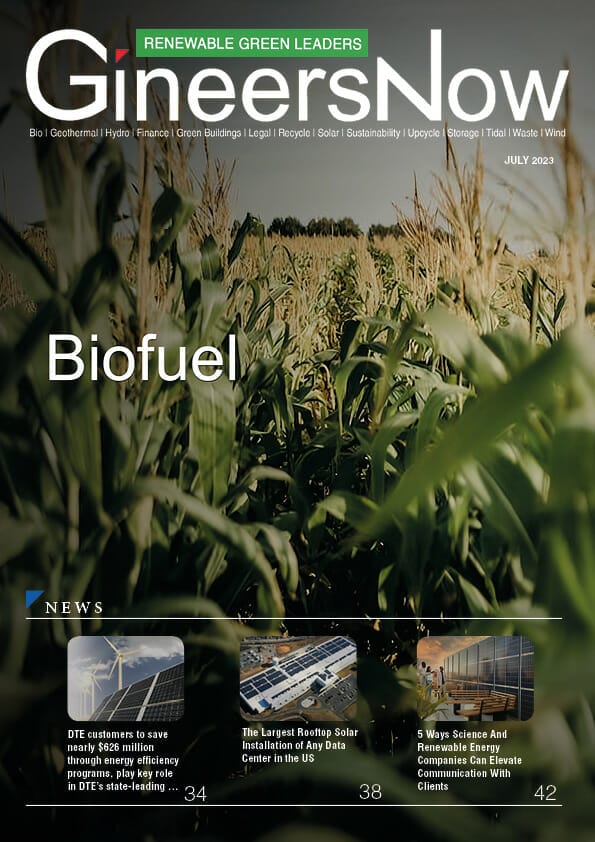HEPA Filters
With social distancing measures in place and confined spaces avoided, it is no surprise that most people view air travel as something particularly unsafe.
After all, many studies reveal that COVID-19 infections typically take place within crowded places, like a restaurant, gym or office settings.
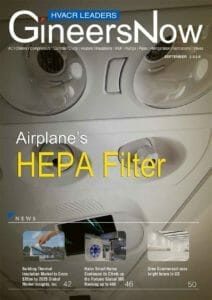
In fact, in the latter part of January, a limited study showed that within a restaurant with no windows and relied solely on air conditioning, social distancing measures did not help two of the infected diners.
They were seated ten feet away from the primary customer with the virus, and they were even seating in different tables.
But after undergoing the test, they came out positive, all because of the restaurant’s flow of air.
As demonstrated by the study, air conditioners in restaurants blow the air horizontally from one table to another. This became the major factor in the infections inside confined spaces like an enclosed built environment with poor ventilation.
However, the same cannot be said of aircraft cabins, mainly since its ventilation system is configured differently.
Instead of blowing recycled air across, the cabin’s system blows it downward and out of the airplane through a filter called High-Efficiency Particle Filters (HEPA).
HEPA filters are a proven method and an HVAC asset when it comes to sieving through particles the size of SARS-CoV-2.
Add this to the fact that airplanes replace the air inside the cabin with fresh air every two to three minutes, diluting the cabin air and making the microbes less likely to infect people.
Taking advantage of these features that most aircraft have, a Seattle-based company came up with the idea of creating a 3D-printed nozzle that can be retrofitted to the current HEPA filters.
This will then create an invisible shield for the passengers, as air in every seat will always be directed downward instead of across the neighboring seats.
With this design, airlines will no longer need to empty some seats to practice social distancing, as the air flow inside the cabin will be enough precautionary measure.
Click below to read the magazine


